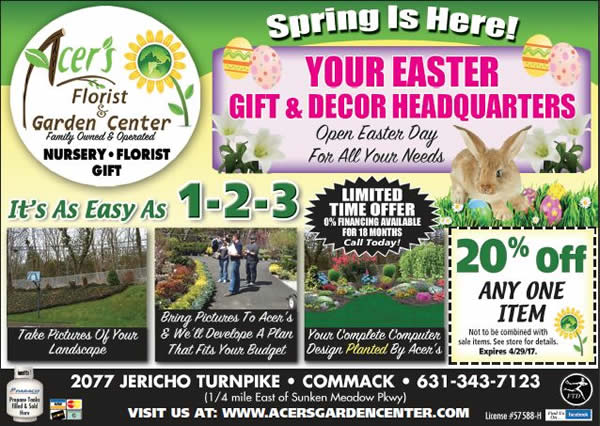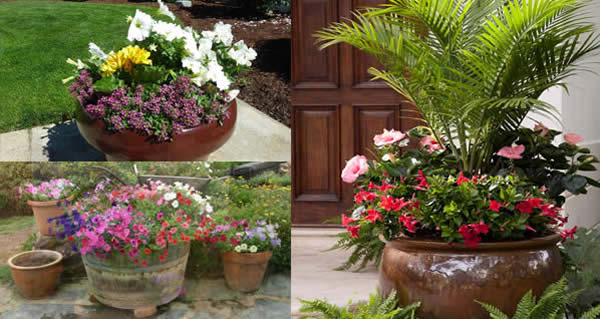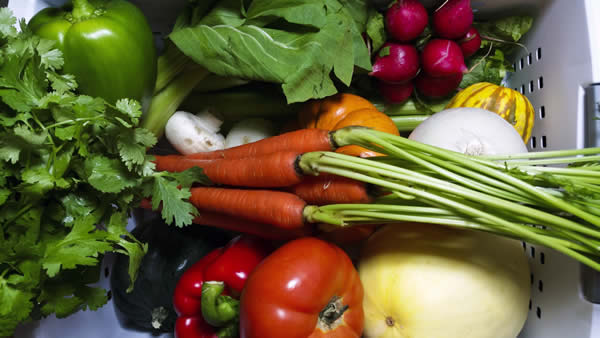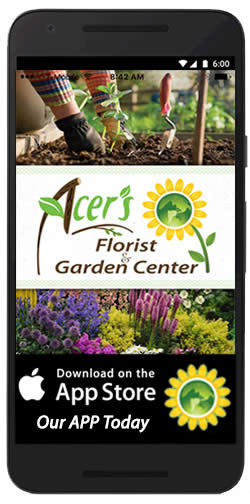
Summer Solstice was Wednesday, June 21st...but what does that mean?
Summer Solstice marks the longest day of the year in the Northern Hemisphere. The word "solstice" is from Latin meaning "sun stands still" (sol=sun, sistit=stands). Since all days are the same length (24 hours), what this actually means is that on this day we have the longest time between sunrise and sunset and the shortest time between the sunset and sunrise.
The ancient monument Stonehenge in England was built to mark an annual calendar. One of the stones in particular, the heelstone, was aligned to demonstrate this day, the longest day, as the beginning of their new year.
What does this all really mean? It means summer solstice is the first day of SUMMER! The beginning of dog days, warm weather, sunshine, and most important, lots of plant-growing time for all of us.

Regardless of how well you care for your plants, many of them will not fruit without being pollinated. Some plants have separate male and female flowers, and require the pollen is transferred from the male to the female flower.
With fertilization, the female flower becomes a squash, or a watermelon, or a cucumber. Without, it dries up and falls off the plant. Other crops, such as tomatoes, peas, and beans, are self pollinating, but must be shaken by the wind or a pollinator to achieve fertilization.
Hand-pollination can be an effective tool in the home garden, ensuring that every female flower is fertilized, but it is very labor intensive. Luckily, we have natural pollinators, such as bees, butterflies, and hummingbirds.
Getting their attention is generally pretty easy by using bright colored flowers, or flowering trees, but having a large variety of flowers will attract more of the over 400 species of bees that reside in NY.
Most of the species of bees in NY reside in cavities, whether in underground tunnels or in holes in trees or walls, or in "mud-huts" that they build. Others, most notably the European honeybee, prefer hives.
Chances are, you have at least a few of these species of bees in your neighborhood. Attracting them to your yard is not difficult. Having a variety of different plants, especially native ones, will help to attract as many bees as possible. An untended lawn is awash with native flowering plants.
Clover, violets, daisies, and dandelions are all important food sources for native bees, and allowing some room for native wildflowers like these to grow will attract some bees.
If you're looking for a more manicured look, consider planting some sunflower, salvia, poppies, penstemon, lupine, larkspur, milkweed, daisy, or black-eyed susans.
All of these are native plants and will help feed the bees that will inevitably move over a plant or two to check out your tomatoes, peppers, or squash. Many of them will attract hummingbirds and butterflies as well. More diversity in the flowers in your garden will lead to a more diverse collection of pollinators. The more pollinators there are in your garden, the more likely it is that you will have a great crop this summer.
If you have trouble with too many or aggressive bees, contact your local bee specialist. Exterminators do just that, exterminate. Having a beekeeper move a hive to a location where it is welcome will help ensure that the bees will survive to help us out with our crops next year.
Click to print this article.

















